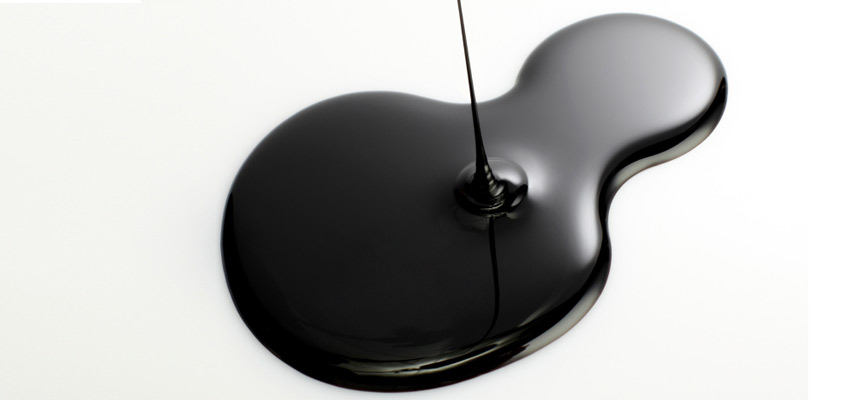With the document SANTE PLAN 2023/2345 Rev.2, the European Commission announced its intention to amend Regulation (EU) 2023/915 on the regulation of maximum levels of mineral oil hydrocarbons (MOH) in food.
The EU Commission believes that options 1 and 2 in the above-mentioned draft regulation have clear disadvantages in the assessment of processed and composite foods. In addition, the same foods with different fat contents would lead to different maximum MOAH levels under these options. (MOAH: Mineral Oil Aromatic Hydrocarbons).
In the case of regulatory option 3, the maximum level applicable to the respective foodstuff is calculated from the formulations in accordance with Article 3 of EU Regulation 2023/915. The Commission provides the following calculation examples:
1) Edible oil consisting of 50 % sunflower oil and 50 % sesame oil:
For sunflower oil a maximum residue level for MOAH of 2.0 mg/kg applies, for sesame oil a maximum residue level of 6.0 mg/kg applies. This results in a maximum content for the product of: 0.5 x 2.0 mg/kg + 0.5 x 6.0 mg/kg = 4.0 mg/kg MOAH.
If this content (after deduction of the measurement uncertainty) were exceeded, the product would not be marketable, irrespective of whether the exceedance was caused by the sunflower oil or the sesame oil.
2) Edible oil made from 50 % sunflower oil and 50 % sesame oil:
The analysis of the two pure oils revealed the following contents:
- Sunflower oil: 1.6 mg/kg MOAH --> 50% = 0.8 mg/kg in final product
- Sesame oil: 5.0 mg/kg MOAH --> 50% = 2.5 mg/kg in final product
Both raw materials would therefore comply with the respective maximum levels and could be processed 1:1 into the mixture.
However, the analytical examination of the MOAH content of the end product shows a content of 4.3 mg/kg MOAH, which is above the calculated maximum content of 4.0 mg/kg.
How can that be?
3.3 mg/kg MOAH comes from the two raw materials,
1.0 mg/kg must therefore come from process-related contamination during production
The end product is therefore not marketable.
The Commission pointed out that in practice, in most cases, it will not be necessary to calculate the maximum level of a compound food based on the recipe and processing factors if the product complies with the applicable maximum residue levels for MOAH as a function of the total fat content.
Only if a MOAH content above this limit is detected would the content of the individual ingredients have to be determined again in a second screening. If one of the maximum levels of an ingredient is above the permitted limit for this ingredient, the end product would have to be criticised.
If, on the other hand, the maximum permitted levels of all ingredients are below the limits for MOAH, exceeding the individual maximum level of the end product determined from the recipe and processing factors would indicate a process-related additional source of MOAH.
The Commission's draft regulation is currently still being discussed in the specialist committees. We are therefore not yet able to provide you with the text that we have received through our membership in GROFOR (German Association of Wholesalers of Oils, Fats and Oil Raw Materials). We expect the revision to be adopted by the end of 2025/beginning of 2026 at the latest, as the issue of mineral oil contamination of foodstuffs is enjoying a great deal of attention for understandable reasons.
YOUR PLUS: You can be sure that your AGROLAB laboratory will advise you competently and confidentially. After a technically sound analysis using accredited methods, the final assessment of marketability is carried out on the basis of the applicable legal provisions.
Author: Dr Frank Mörsberger, AGROLAB GROUP

 Contact
Contact

 Contact
Contact Career
Career